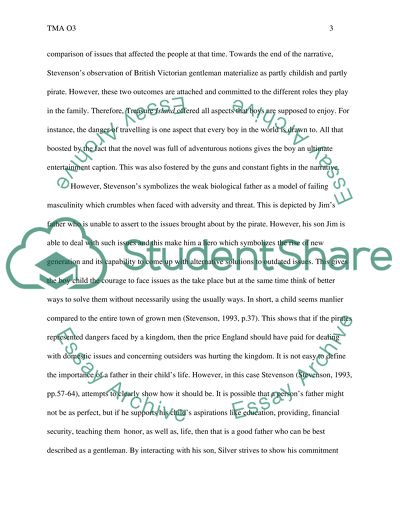Cite this document
(“TMA O3 Essay Example | Topics and Well Written Essays - 2000 words”, n.d.)
TMA O3 Essay Example | Topics and Well Written Essays - 2000 words. Retrieved from https://studentshare.org/literature/1626659-tma-o3
TMA O3 Essay Example | Topics and Well Written Essays - 2000 words. Retrieved from https://studentshare.org/literature/1626659-tma-o3
(TMA O3 Essay Example | Topics and Well Written Essays - 2000 Words)
TMA O3 Essay Example | Topics and Well Written Essays - 2000 Words. https://studentshare.org/literature/1626659-tma-o3.
TMA O3 Essay Example | Topics and Well Written Essays - 2000 Words. https://studentshare.org/literature/1626659-tma-o3.
“TMA O3 Essay Example | Topics and Well Written Essays - 2000 Words”, n.d. https://studentshare.org/literature/1626659-tma-o3.


